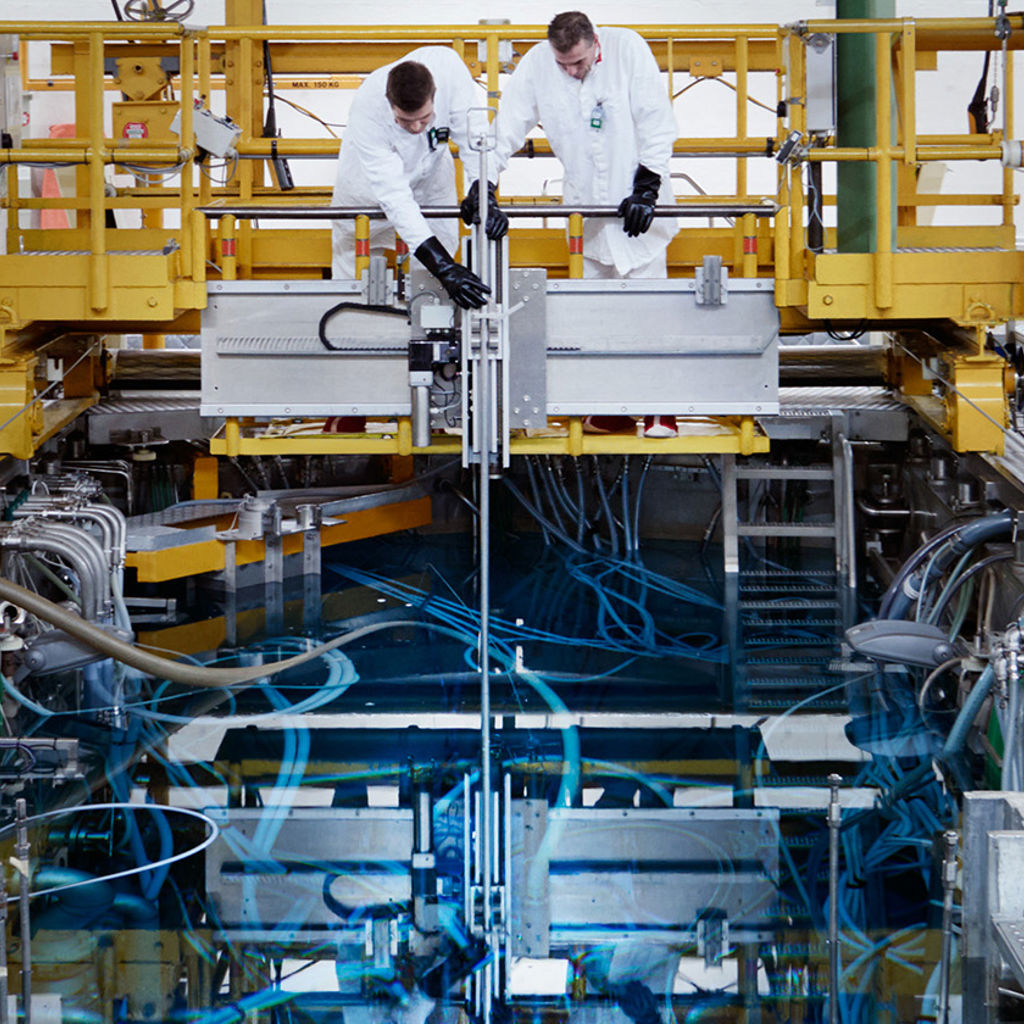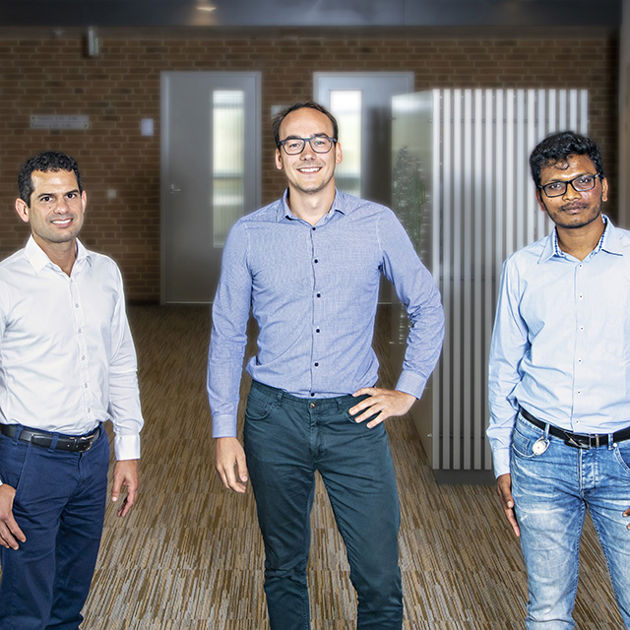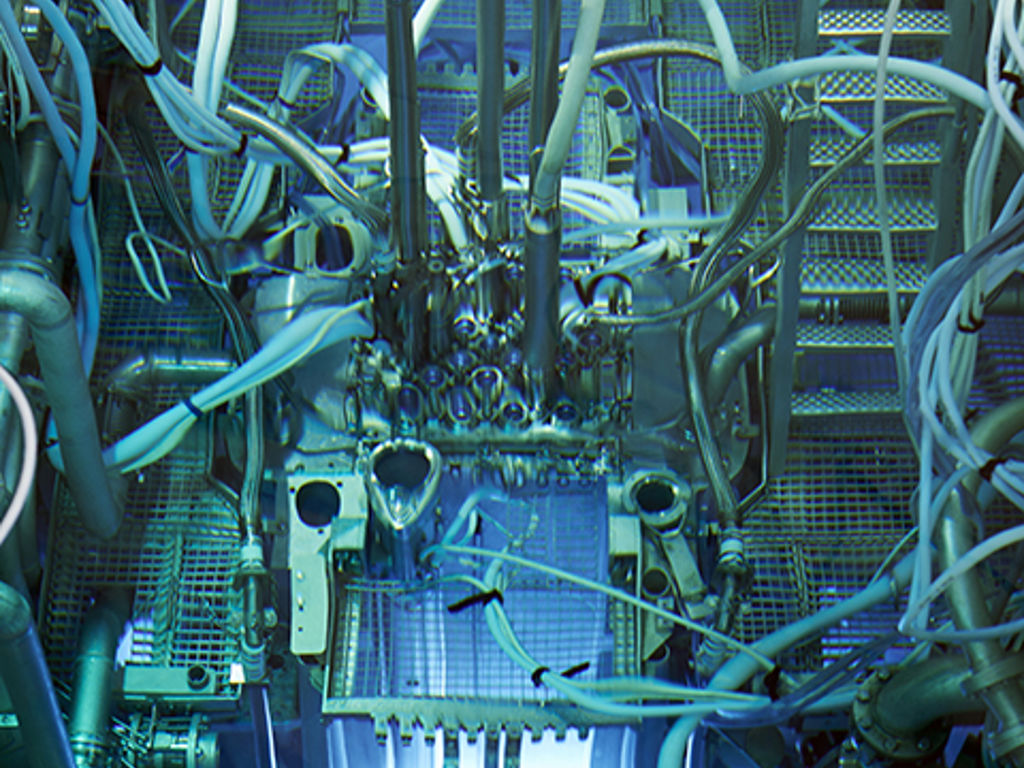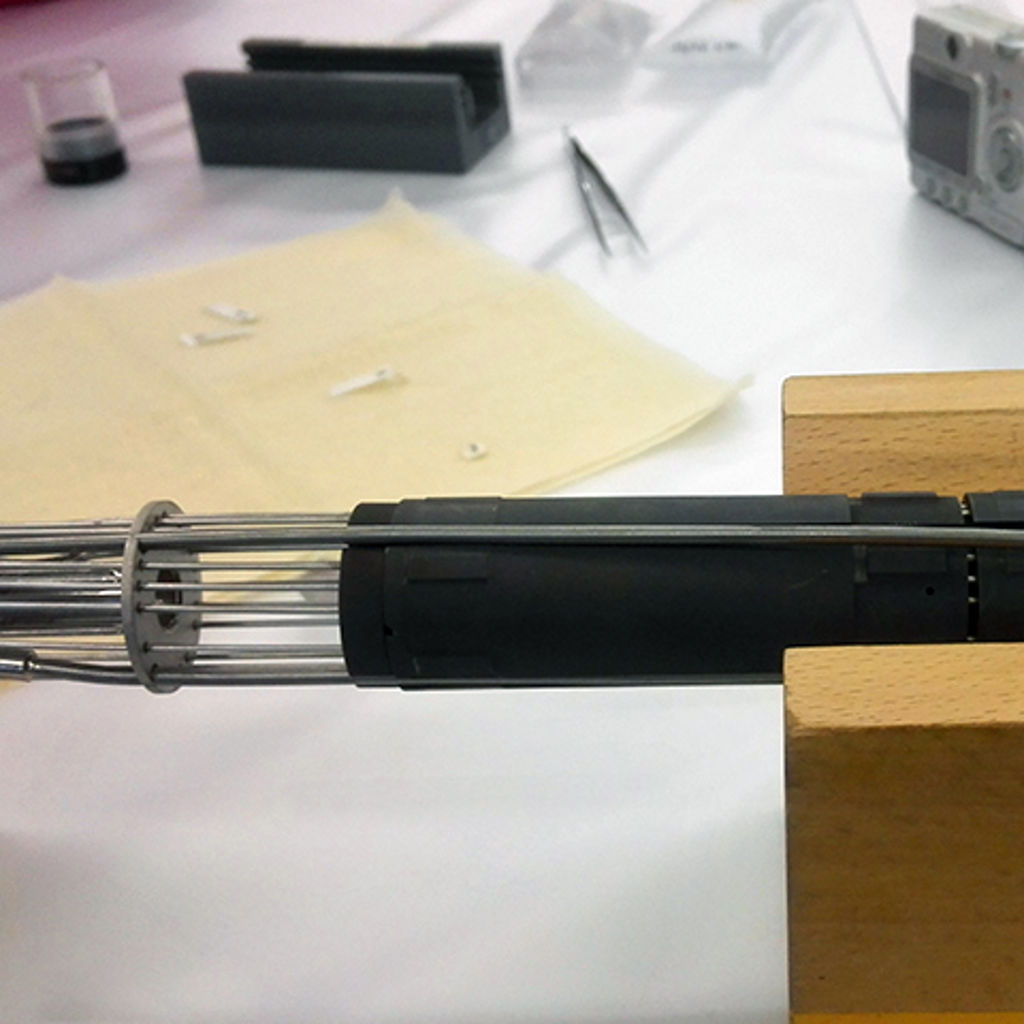SALIENT-01: research programme Molten Salt

Since 60's
First irradiation experiment with molten salt nuclear fuel since the 60’s.
Stability
Assessment of stability and distribution of fission products in molten salt
Development
Development of new irradiation experiment possibilities to attend the market.

Molten Salt Innovation Team
- Multidisciplinairy team: engineering, chemistry-physics, computer simulations, project management, quality, safety
- Fruitfull cooperation with partner Joint Research Center in Karlsruhe
- Know-how and ‘Lessons learned’ directly transferable to new experiments
About SALIENT-01
In 2015, NRG PALLAS, together with salt experts from the European Joint Research Centre (JRC) in Karlsruhe, began a series of fuel irradiations for molten salt reactors. Such experiments hadn’t been done since the late 1960s, when a large research program at Oak Ridge National Lab in the US was cut and eventually stopped.
The first experiment, named SALIENT (SALt Irradiation ExperimeNT), was irradiated in the HFR core from August 2017 to August 2019 and then transferred after a one-month cooling period to the Hot Cell Lab on the same site in Petten. SALIENT-01 focuses on the interaction between fuel salt and graphite, and the distribution of fission products within the reactor. It also serves as a hands-on training in handling fuel salt.


Irradiation of SALIENT-01
SALIENT-01 consists of a sealed, gas-tight steel capsule, 3 cm in diameter and 60 cm long, containing four small salt samples (each less than 1.5 cm³) in open graphite crucibles. The salt mixtures themselves are composed of LiF and ThF₄, with a melting point of 568°C.
The samples were exposed to a strong neutron field at 600–800°C for 18 HFR cycles of approximately 30 days each. During irradiation, ²³²Th captures a neutron and decays via ²³³Pa into fissile ²³³U. The fission of ²³³U generates heat in the salt samples, melting the salt. At the same time, the salt becomes increasingly contaminated with radioactive fission products.
Salient 1: The first irradiation of this kind since the 1960s. It’s a crucial step in the development of molten salt reactor technology in a safe and feasible manner. - Uazir de Oliveira - Program Manager MSR
Hot Cell Labs
Post-irradiation examination was performed in the Hot Cell Labs, particularly focusing on tracking the fate of fission products: analyzing gamma radiation from the experiment, the composition of the plenum gas, and performing microscopy on cross-sections of the salt and graphite. Key questions include:
• Did fission products escape from the salt, and where did they go?
• Some fission products form metals—how large are these metal particles, and do they prefer depositing on metal or graphite?
• Was there any observable chemical reaction between salt and graphite?
Samples of irradiated salt were returned to JRC Karlsruhe, where they are gradually heated until fully vaporized. The release temperature of each component is recorded, with the data used in accident analysis involving potential activity release.

Want to know more?
We are happy to help you.
